I get a lot of calls from friends who've got their hands on a 4x4 and can’t wait to tear up the trails…
…but they aren't sure where to start.
When I started off-roading I remember being overwhelmed by all the stuff I had to learn. I was lucky to be a part of a helpful community to get me going.
And that’s why I want to share my experience with you.
This beginner’s guide will give you all the basic information you’ll need to get going on your first off-road trip.
PREPARING YOURSELF

Guess what?
You've got one steep learning curve to conquer.
The first thing to do is to get to know your vehicle very well. Find out what its limits are. And find out what your own limits are.
If you’re looking into upgrading your ride, check out a vehicle-specific forum for information on popular off-road mods. Many forum members are experienced mechanics who have years of hands-on trail testing and can give you great advice.
You can also join a local off-roading club. Most clubs hold training runs for beginners. And this would give you the perfect opportunity to pick up some driving skills from the pros.
If that’s not an option, bring at least one of your friends with you when you hit the trails.
It’s a bad idea to go off the road solo, especially when you’re a beginner.
And let someone know where you’re headed. Set up a pre-arranged time for a quick call to let them know you’re OK.
PREPARING YOUR VEHICLE

Your vehicle should be in great condition if you want it to handle the unbeaten path.
Run a complete check on all systems, but pay special attention to the obvious:
- Tires need to be in good condition and properly inflated. This includes your spare as well!
- Your steering and brakes should be in top shape.
- Make sure you have no leaks under your vehicle.
- Top off all fluids… and top off your gas tank!
And pack up all of the essentials for an enjoyable and safe off-road trip. At the very least, you’ll need a tow rope (check the rating!), a portable air compressor, any navigational aids, and a first aid kit.
If you’re willing to go the extra mile, and depending on the terrain you’ll be treading, you should also bring along a high lift jack, a vehicle mounted winch, a spare tank of water and fuel, a shovel, and a fire extinguisher.
And when you start packing – load carefully. All of your stuff needs to be distributed evenly.
If you pack too much load behind the rear axle, your vehicle’s rear will sag. This will hurt your clearance and limit your departure angle.
Uneven loads change your vehicle’s natural center of gravity and make it unstable.
MODDING YOUR VEHICLE

My advice to you is to take out your stock vehicle off the road a couple of times to figure out what it can and can’t do before considering what mods you want.
But there is one upgrade that is always a must, even on the most capable stock vehicle, and that’s the tires.
You need to replace your standard tires with all-terrain tires, at the least. But investing in true off-road tires will really pay off when you hit the trail.
You may be interested in more serious upgrades, like lifting your vehicle, replacing driveshafts, replacing gears, upgrading your axles, and extending your brake lines.
In this case, you need to have a clear plan of action for your build. Many of the more serious mods affect other vehicle components, and this could cause a chain reaction of more and more mods.
FINDING YOUR TRAIL
The best source of information is.. the Internet.
Sites like this one are great for locating trails in your area. They also inform you of each trail’s difficulty rating so you can pick accordingly.
There’s no reason to jump the gun. Start by building your driving skills and confidence on beginner trails.
Off-roading on Trails

Gravel trails, dry dirt trails and grasslands are perfect for beginners. They offer the simplest and safest terrain for navigating. All you need is a 4-wheel drive vehicle.
Just remember to avoid any steep climbs, steep descents or water crossings on your first ride. Especially if you’re off-roading with your daily driver.
Off-roading on Dunes

A sandy terrain has a higher difficulty rating, so don’t attempt one until you've gained a fair bit of confidence on the trails.
Your main problem on this terrain is called traction. And to conquer it you’ll need to deflate your tire pressure for a larger grip surface.
To conquer the sand, you’ll need a 4-wheel drive vehicle, as well as an air compressor and a tire gauge.
And don’t lose your momentum – slowing down could get you seriously stuck.
Off-roading in Mud

Driving in the mud or in shallow water can be a lot of fun.
But again, this type of terrain has a high difficulty rating. You’ll need a 4-wheel drive vehicle, and all-terrain or mud-terrain tires.
If you find yourself in the mud and are about to floor the gas and spin the tires, remember that your vehicle will come to a stop when it wants to.
Unfortunately, that may mean stopping when you hit a tree, a stump, or down a bog.
FOLLOWING TRAIL ETIQUETTE
When you’re on the trail on an organized run or are just exploring with a couple of your friends, it’s important to be mindful of some basic trail etiquette rules.
I’ll start you off with the simple stuff.
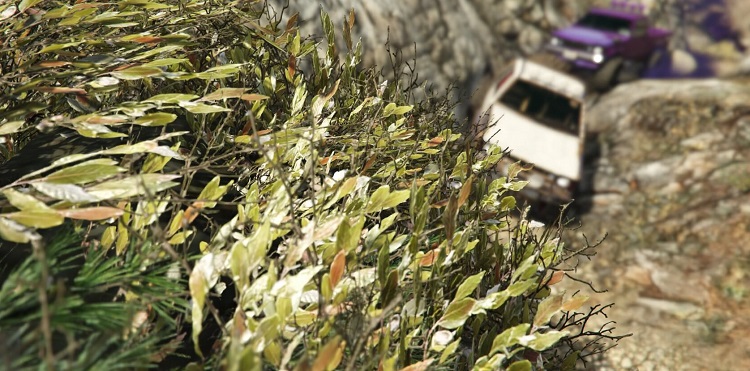
Please don’t litter. Littering is lame.
Always be aware of and avoid any potential damage your vehicle could do to the surrounding environment. Don't spin your tires and tear up the soil. This breaks up the harder surface crust and causes erosion when it rains.
If you end up piling up stones to drive over an obstacle, make sure to return them to their original spot after passing.
Keep on the trail.
Go down the established path. If you decide to wander off the trail and into the woods, you could get lost in a desolate area with no perspective of being found.
But even if you’re not concerned with your own fate, consider the damage you would be causing to the surrounding plant and animal life. Your tires will leave behind ruts that will continue to grow deeper after each rain.
And if you don’t really care about the environment? Well, you’re also likely to damage you 4x4 and face steep fines.
Leave your ego at home.
Accept your vehicle’s limitations, and accept your own limitations as a driver.
There’s no shame in backing off early because a certain maneuver is impossible. Find a better approach to prevent costly damage to your vehicle and to your ego.
Drive slowly and enjoy the scenery.
If you’re passing another vehicle, the usual street rules apply.
Keep to the right… unless it’s safer to move to the left.
The vehicle traveling uphill always has the right of way.
If there is no room for two vehicles to pass, the general rule is for the more maneuverable vehicle (or the more experienced driver) to yield.
FINAL WORDS OF WISDOM
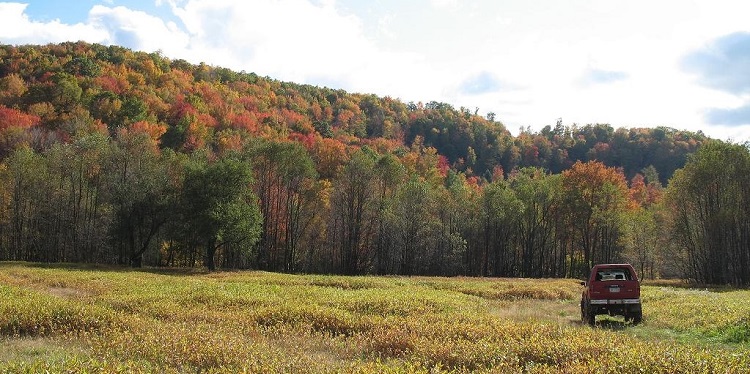
The more you know, the better off you’ll be.
Prepare for different scenarios, and be familiar with the terrain and the environment you’re driving into.
Know your vehicle’s manual.
Be well equipped.
Have fun!
Got any off-roading tips? Share them with us in the comments!


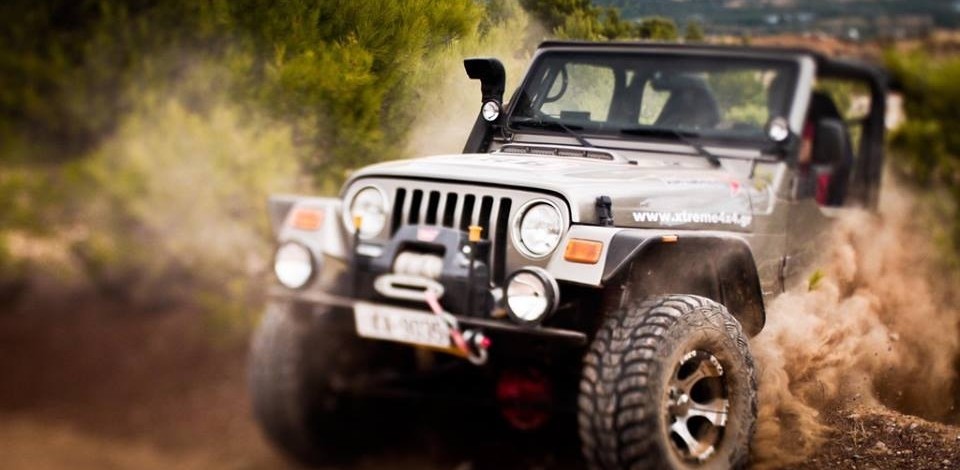



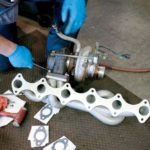




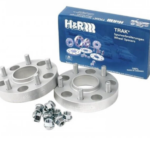
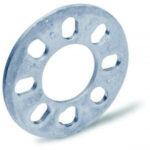
While this article is a good start
Taking a lesson, on a private property by a certified instructor, is the best step one can make before heading off road. learn limits and capabilities of both you and your jeep.
Interesting article. You make many good points, but I would like to point out a few things that may be misleading or dangerous.
First – NEVER go out alone! Unless you are extremely capable (vehicle & driver) you are very likely to find yourself in a bad situation. If you ignore this advice, then at a minimum you should have a lifted vehicle with all the items mentioned by the author, but a winch is not optional. Nothing else will be able to get your very large & heavy vehicle out of a situation. You should also be experienced with it’s use – wire cables are extremely dangerous if they snap under load.
Check out the trails from a reputable source – it’s not good on the offroad community if members (and since you’re driving an offroad vehicle, you’re a member) abuse private property or areas that are not allowed/sanctioned for offroading. Local clubs are usually good for that info.
Some key reference info – online forums, there are many out there just google them in your area. Join a club and meet the people in it, we’re always looking for a reason to go offroading. check out the Tread Lightly website. If you’re a real introvert, check out Youtube videos on any topic you’d like, but mostly check out any local trail ride videos – they’ll give you an idea of what you’re getting into.
A couple of mistakes above – the link to the trails shows driving the 401 from Niagara Falls to Montreal as an offroad trail!! For Ontario, check the of4wd site (Ontario Federation of 4 Wheel Drive). They are the body that supports & informs us of trails in Ontario.
The rules of the trail are not similar to the street – as a Jeep driver, we give way to the lighter faster ATVs and bikes – always, and everyone does so in a safe manner. If a jeep is in the middle of an obstacle, obviously we clear it before allowing the ATVs to pass. Since everyone travels in groups, the group in the middle of the obstacle has “right of way”, but it’s not done as a strict rule, rather it’s done in a very co-operative, friendly way. Most of the time, it ends up being a Meet & Greet. 🙂